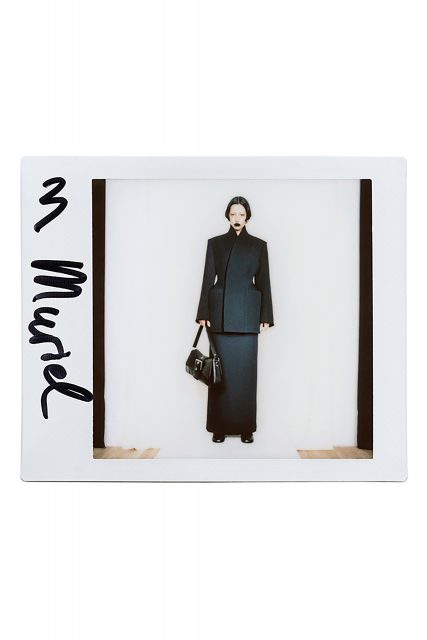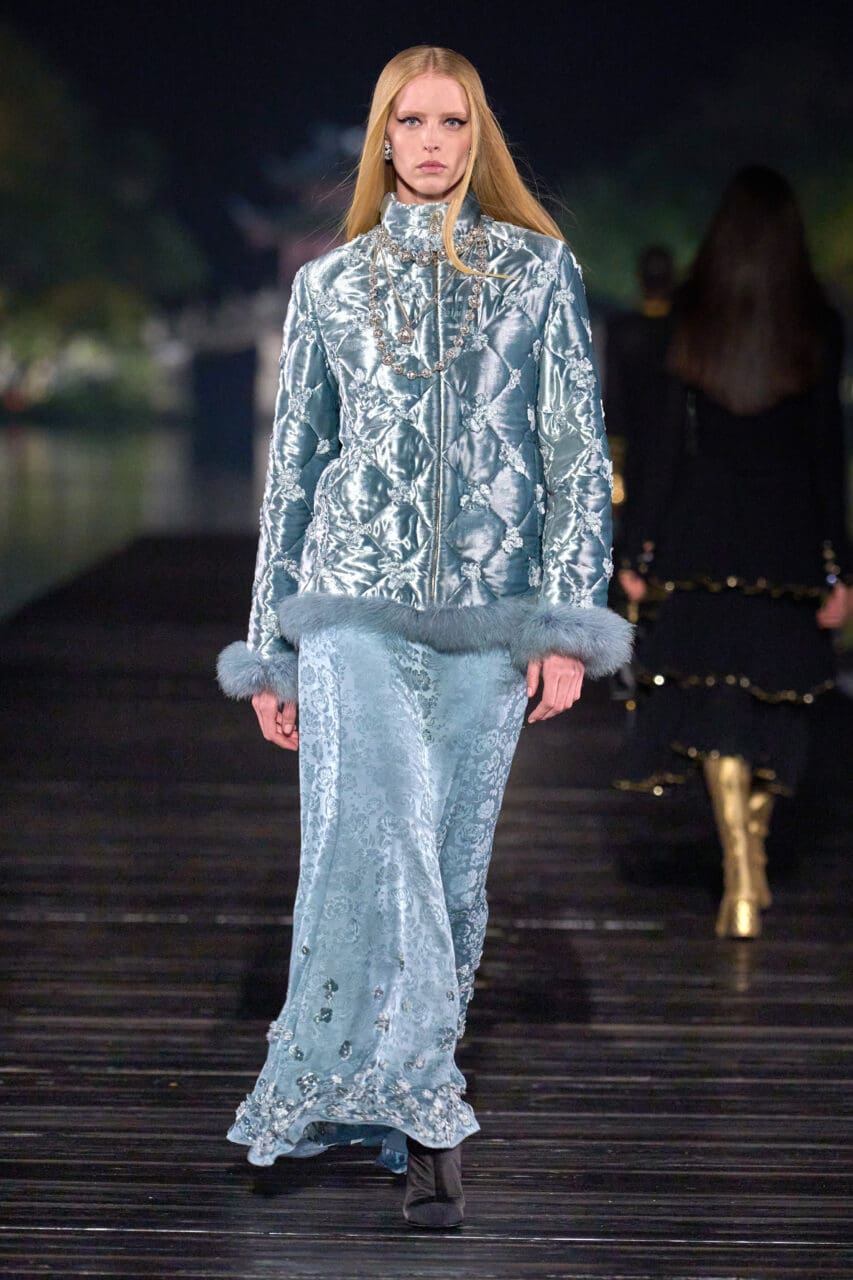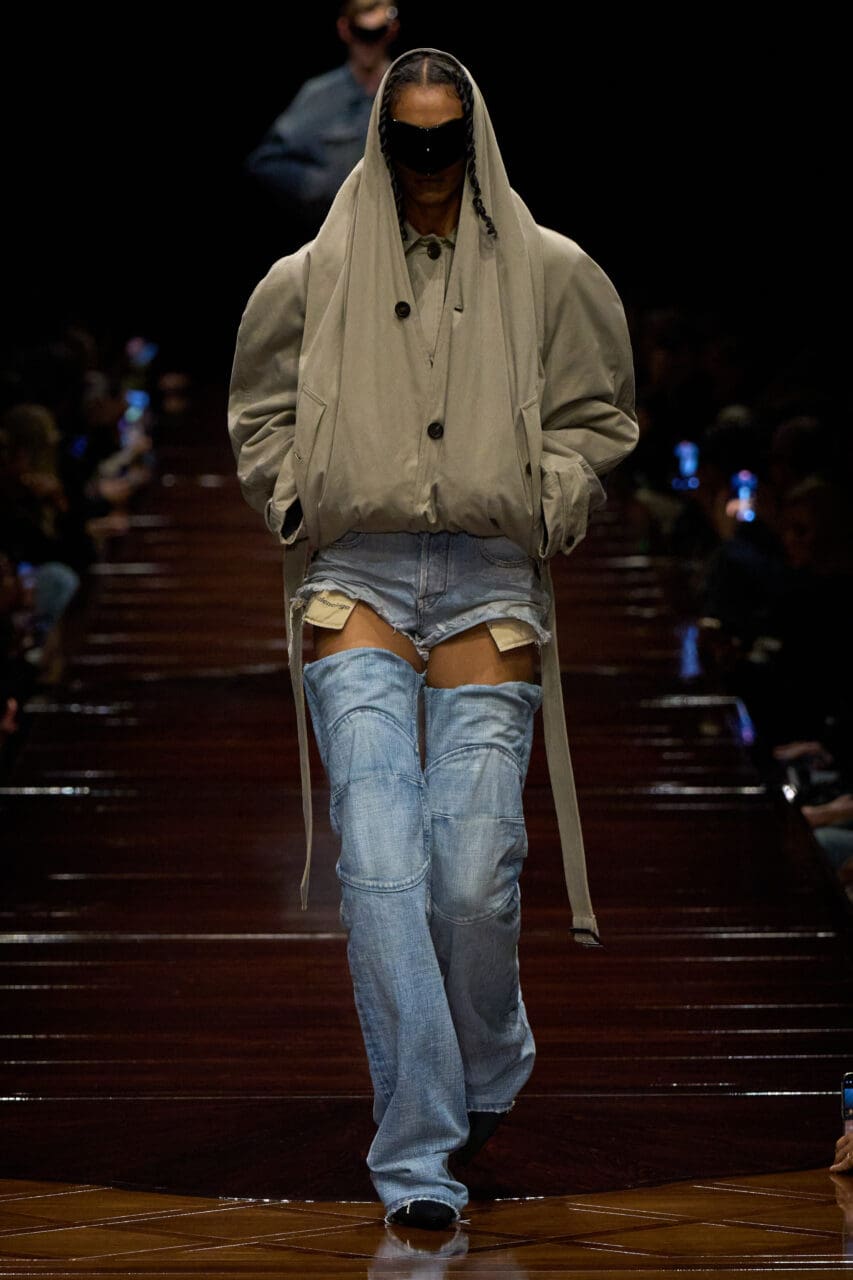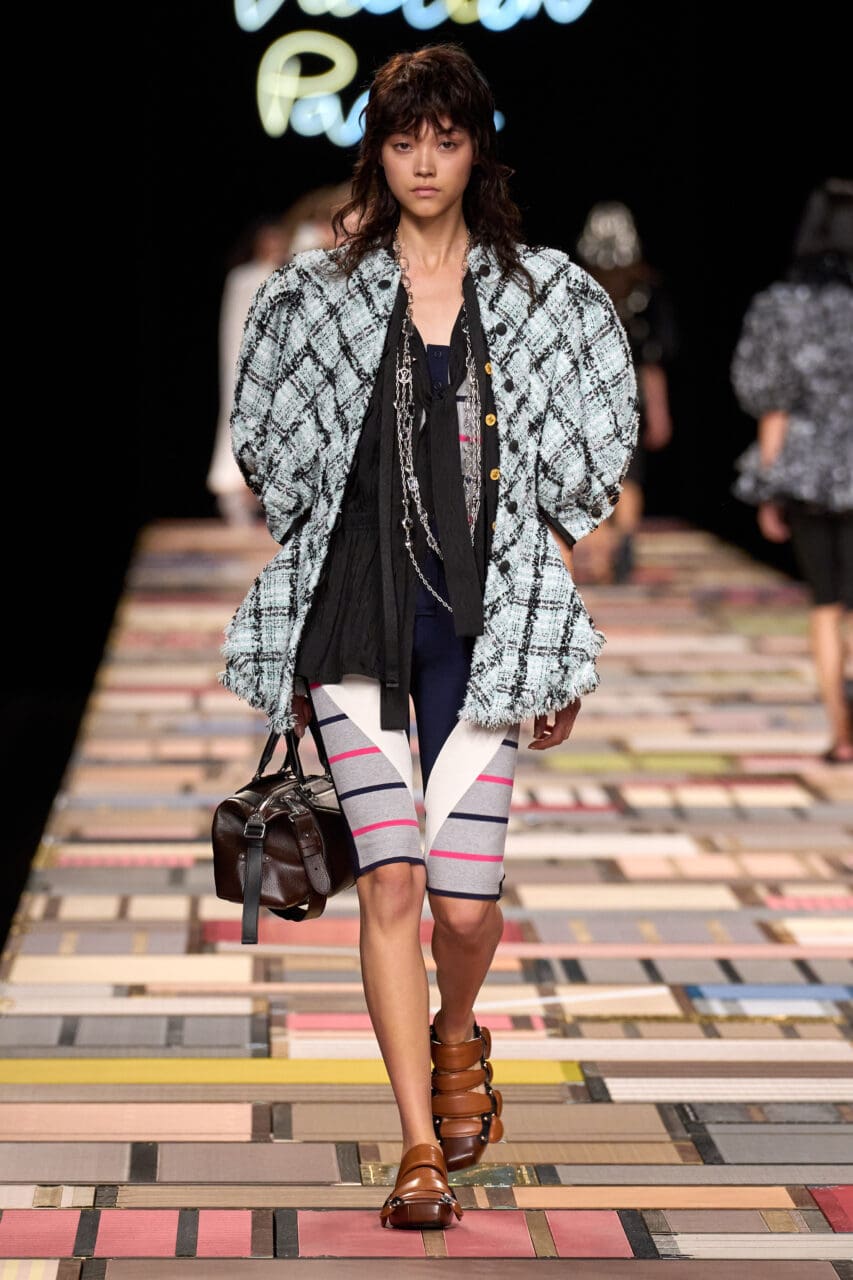Miuccia Prada and Raf Simons called upon Jeff Goldblum, Kyle MacLachlan and eight other actors to model their latest Prada menswear proposition: a “meaningful” brand of workwear that’s too good just to wear to the office. Here, Vogue fashion critic Anders Christian Madsen delivers five things to know from the front row.
The collection celebrated the idea of working
In the comments sent to the press after their show, Miuccia Prada and Raf Simons made no mention of the pandemic. While the current fashion weeks are only too aware of the ongoing situation, it feels like we’re done giving Covid-19 the spotlight. We want to manifest something else. Maybe that’s why Prada and Simons dedicated their show to the ceremony of going to work. Yes, that’s right: after the last two years, going to work isn’t a routine chore but an occasion to be elevated, even celebrated, as Prada said: “The collection celebrates the idea of working, in all different spheres and meanings. It is a practical, everyday thing. But […] every aspect of reality can be elegant and dignified.”
The show featured 10 famous actors
The designers marked the occasion (of going to work) with a cast of 10 gentlemen, whose jobs are different to most. They were famous actors from showbiz: men, who are sometimes hired to pretend they have normal jobs. Their off-duty, real-life presence served to make a ceremony of the (reasonably) everyday scenario that played out on Prada’s stage at the Fondazione. Between Kyle MacLachlan, who opened, and Jeff Goldblum, who closed, they were: Thomas Brodie-Sangster, Asa Butterfield, Damson Idris, Tom Mercier, Jaden Michael, Louis Partridge, Ashton Sanders and Filippo Scotti.
The collection hybridised work uniforms
If all the world’s a stage, and all the men and women actors going to work, Prada delivered the costume department for the play. The collection was an exercise in splicing garments considered as office- or workwear, from the sober tailoring of businessmen to the utilitarian uniforms of the manual professions. “It’s not something that can be defined as sartorial or street. It blurs together, questioning itself,” Simons said, referring to the lightweight boiler suits he and Prada spruced up in fanciful lightweight materials. “They replace the traditional historical shirt/tie/bow tie and give a new energy and reality, a younger attitude also,” he argued.
It was defined by coat hybrids
When the sartorial version of the professional wardrobe was given the same spruce-up, it was more collection-defining. Coats with big, bold shoulders that would make Tamara de Lempicka swoon were garlanded with faux fur panels on the hems and upper arms. The effect was part Dr Zhivago and part Herman Munster, but in all its operatic grandeur, it drove the point home: everyday occasion-wear; your office is the opera.
It was “meaningful fashion”
Above all, Prada said, the collection was about giving significance to the relationship between the work we do and the uniforms we wear doing it. “We were thinking about meaningful fashion: pieces that make sense; clothes that make people feel important and that are therefore, in themselves, important; not something to use and then to discard,” she explained. “Something with meaning, longevity, relevance. The idea of the classic is very important.”
Editor
Anders Christian MadsenCredit
Lead Image: Filippo Fior / Gorunway.com










